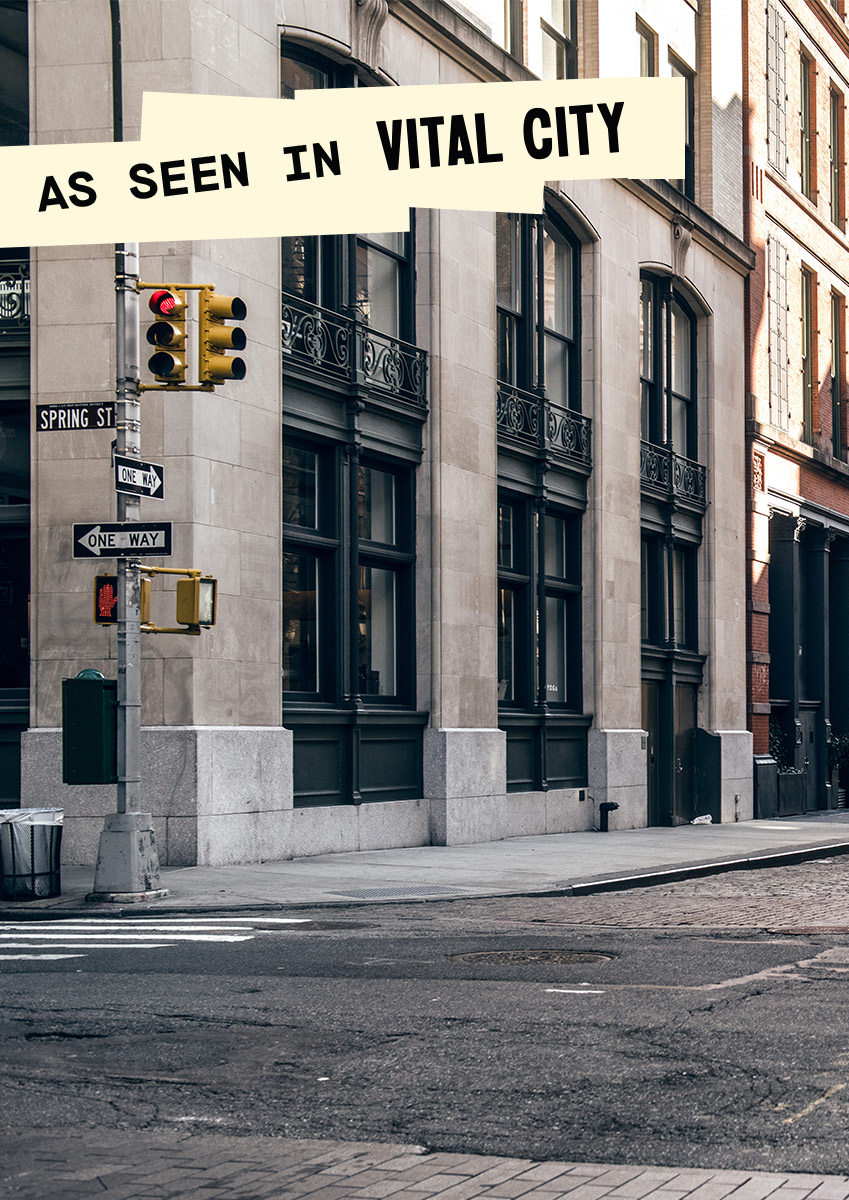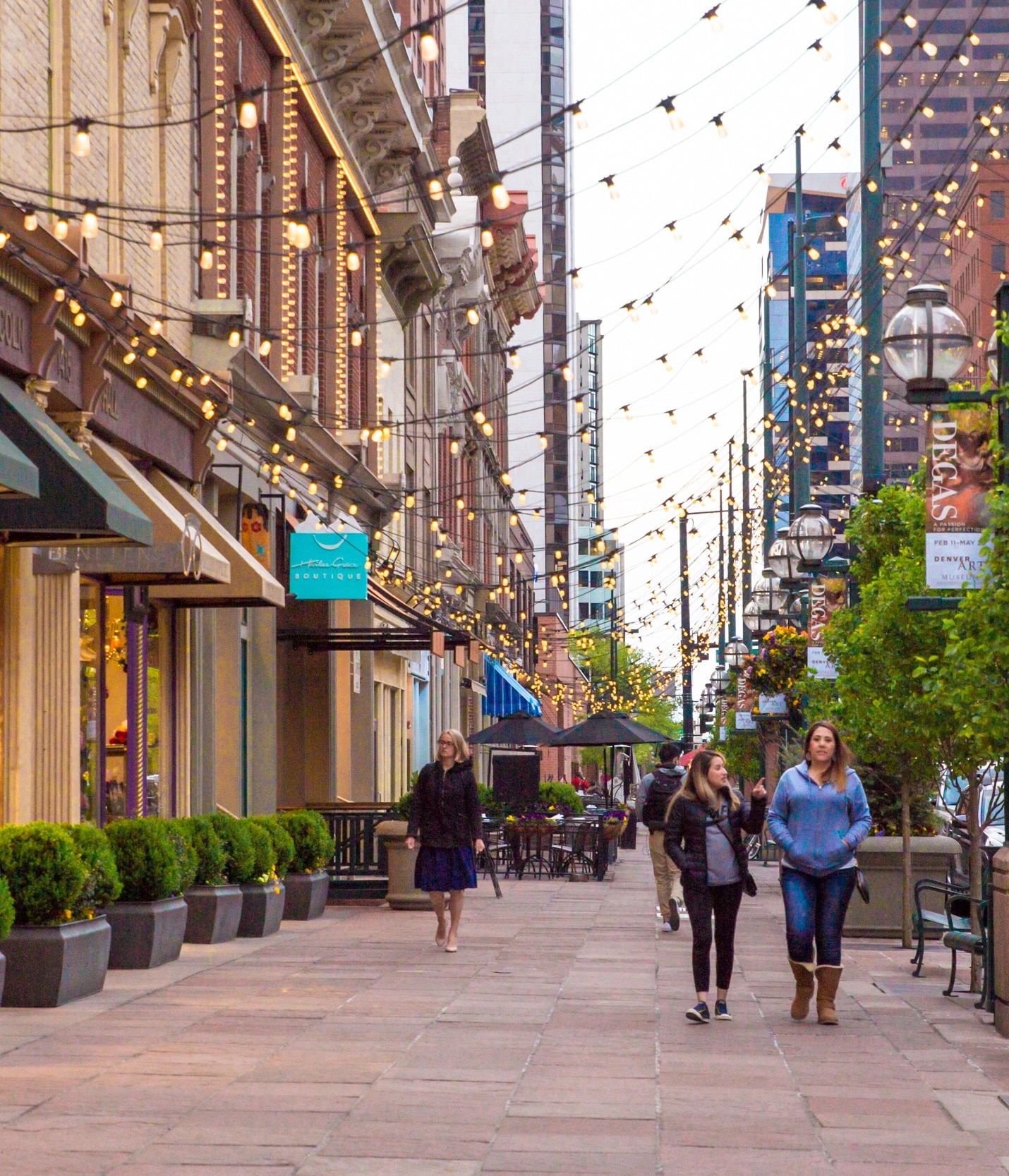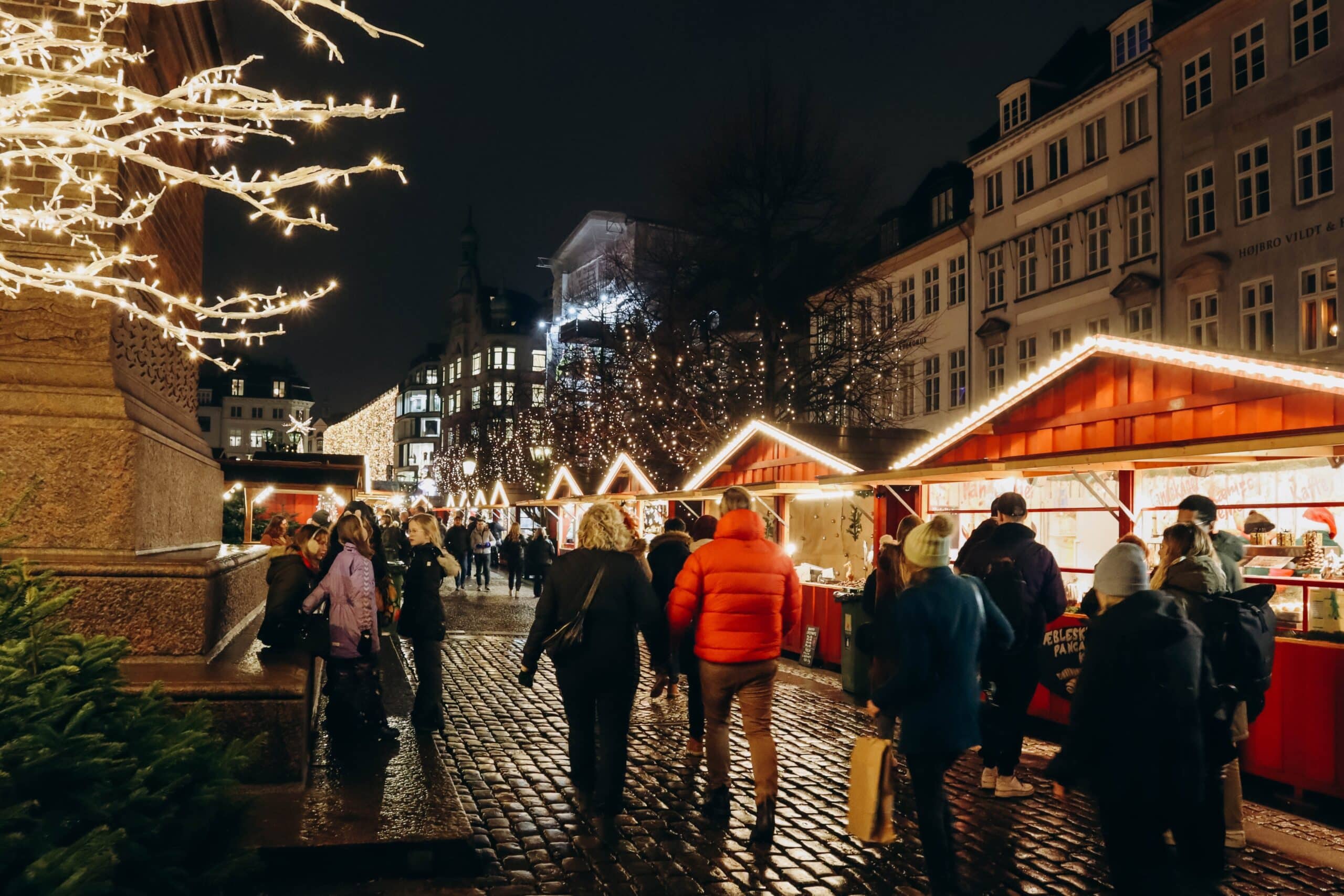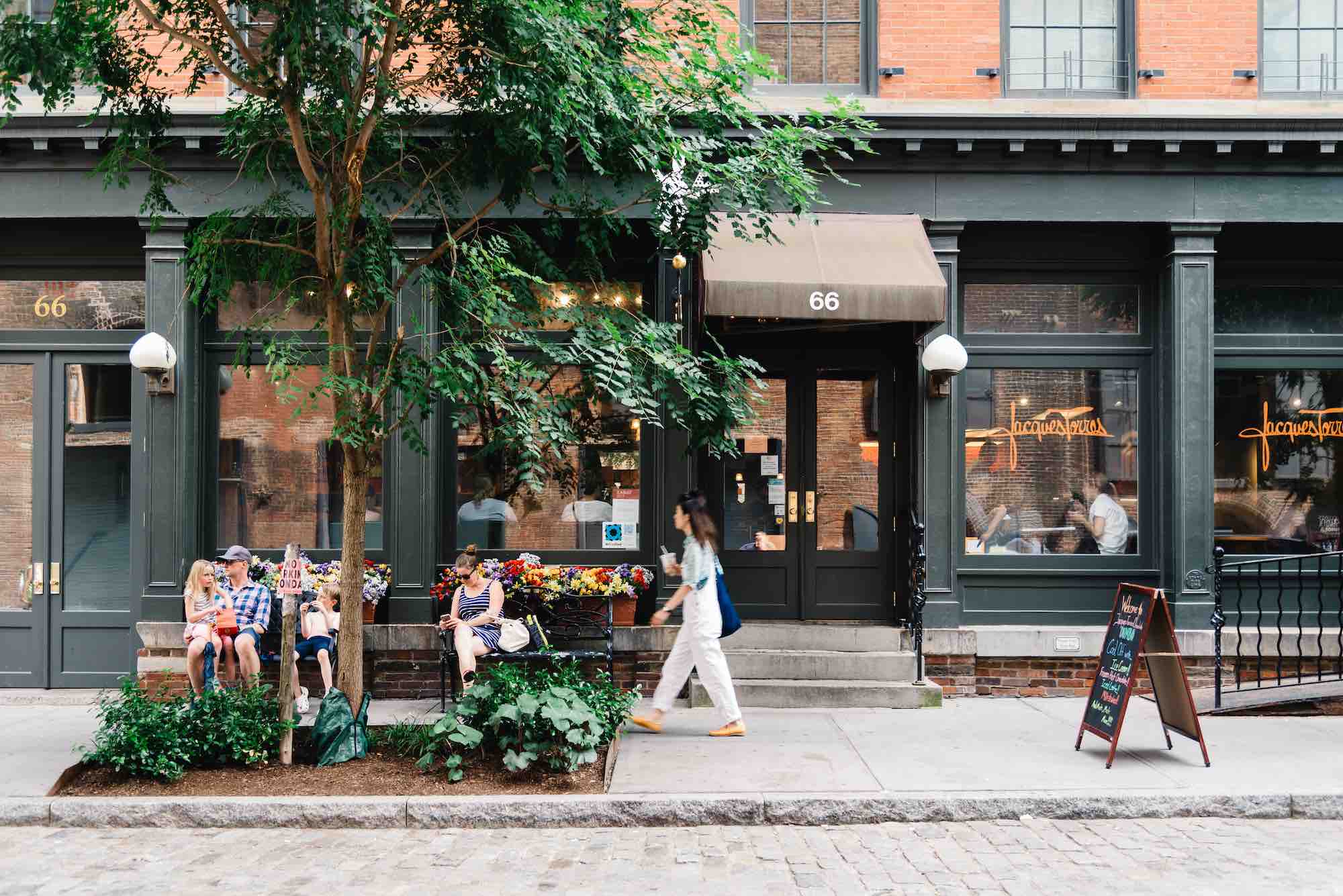This post was originally published on the Larisa Ortiz Associates blog in January, 2019 by Streetsense Managing Director of Research + Analysis, Larisa Ortiz.
Three years after the 2015 Paris Agreement, world leaders are still negotiating a work plan to deliver on the commitments to reduce carbon emissions to alleviate the impacts of climate change. As a result of the lack of direction and resources from federal governments, our local neighborhoods and commercial districts are falling far behind in taking steps to remain resilient through extreme weather events.
In particular, small businesses and retailers that lease ground floor spaces in our downtowns are the most vulnerable entities to events such as flooding, heatwaves, snowstorms, and forest fires. These environmental disasters often impact their supply chains by damaging goods and merchandise, or create barriers to access for customers by inundating streets and causing discomfort to pedestrians.
Despite being first responders during emergency situations and major sources of employment for local neighborhoods, many small businesses that have been affected by recent events across the country continue to lack the resources and capacity to implement adaptation and mitigation strategies that prevent future loss and impact. Many have had to turn to crowdsourcing funds or rely on grants from local place- based organizations such as Business Improvement Districts to be able to recover from disasters and to rebuild resiliently.
The truth is there is much more that needs to be done in our commercial districts to close the resilience gap by:
1. Preparing businesses for the impact of rising temperatures and instances of storms, and by
2. Reducing their greenhouse gas emissions and waste sent to landfills altogether.
From larger investments in public realm improvements (disaster-proof neighborhood WiFi, cool pavements, and street trees) to smaller individual property improvements (dry- and wet- flood proofing) and store operation enhancements (good waste removal practices), our commercial districts can stand to be more resilient against extreme weather events.
Head on over to LOA’s original post to read on about the best practices executed in cities like Los Angeles, Miami, and New York, where a mix of capital and regulatory strategies have been undertaken to ensure resilience measures enable the survival of small local businesses.
For Streetsense updates, follow us on social media or sign up for the Word on the Street newsletter.
BACK TO LATEST








